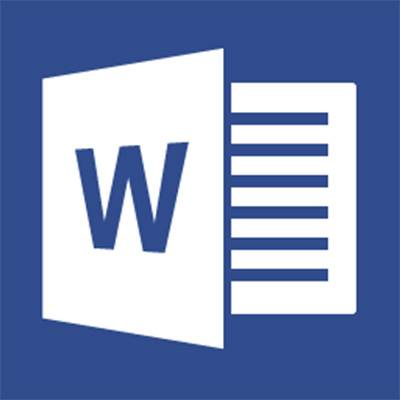Have any question?
Text or Call (954) 573-1300
Text or Call (954) 573-1300
 Writing in Microsoft Word, it will be within a few sentences before you encounter the squigglies. The squiggles are the colorful lines that show up below the words and sentences of your text. Everybody knows of these lines because they are almost impossible to ignore.
Writing in Microsoft Word, it will be within a few sentences before you encounter the squigglies. The squiggles are the colorful lines that show up below the words and sentences of your text. Everybody knows of these lines because they are almost impossible to ignore.
Each color represents a different suggestion by Word to improve your content:
Red Squiggly: A word is misspelled, repeated, or not in the Word dictionary.
Green Squiggly: There is something grammatically off about the composition of the sentence.
Blue Squiggly: The spelling may be correct, but the way the word is used could be wrong (for example, your vs. you're).
The squiggly lines can be a bit distracting if you are in a writing groove, but this is a small price to pay for an important letter without spelling errors. Many writers prefer to turn off the squiggly lines while they are writing, and after the content is written, they will then turn the squigglies back on to make edits. If you wish to turn off the squiggly lines, then go to the Review Tab > Spelling & Grammar > Options. Scroll down to the bottom of the Word Options box and check the last two boxes that say Hide spelling/grammar errors in this document only. Finish by selecting OK.
When you are done writing, you can then return to the Word Options box and turn the squiggly lines back on. If you are a perfect writer, then you will see no colored lines. If you are a normal writer, then you will see your document explode with color. It is a good idea to go through and check on the status of each squiggly.
To find out why Word flagged your word, you will simply right click on the squiggly line. A menu will then pop up giving you multiple suggestions that Word thinks would make for a correct substitution. If you agree with the suggestion, then select it and Word will automatically make the switch. In the same popup menu, Word will also provide you with different options like Look Up, Language, Add to Dictionary, Ignore, along with a few more.
In some cases, you are smarter than the computer and a word is unnecessarily red flagged. This is often the case when using proper nouns or uncommon words (like "squigglies"). If you find your word to not be in error, then you can ignore the squiggly and move on. If you find the squiggly to be distracting, then you can select Ignore from the popup menu. If you really want to rub it in the computer's face that you are right and it is wrong, then you can select Add to Dictionary from the popup menu and Word will not flag your word the next time you write it.
When Word pulls out a green grammar squiggly, then you will want to right click it and consider Word's grammar suggestions. Sometimes all the sentence needs is to add one punctuation mark or switch the tense of a word from past to present. Click on the suggestion that you prefer and Word will make the switch. When you right click a green squiggly and Word says "consider revising," then you will want to tweak the sentence until either the squiggly goes away or Word is able to understand your sentence and make a suggestion that is correct.
The Word squigglies are a great tool, but they are not always correct. Language is complex and a computer program cannot pick up on every nuance, slang, or technicality. Do not feel like every squiggly is a problem that needs to be taken care of right away. Keep in mind that the squiggly lines are only suggestions.
Taking advantage of Microsoft Word's spelling and grammar suggestions can help to make you a better writer. The more you use the squigglies and learn from your mistakes, the less squigglies you will have in your future.
Check back L7 Solutions's blog for more productivity tips that will help to make you a better computer user.
If you didn’t know Windows can save a list of the text and images you copy, I feel for you—you’ve missed out on a simple trick that could’ve saved you a lot of time. But don’t worry, it’s easy to set up, and I’ll show you how.
Learn more about what L7 Solutions can do for your business.
L7 Solutions
7890 Peters Road Building G102,
Plantation, Florida 33324
Comments